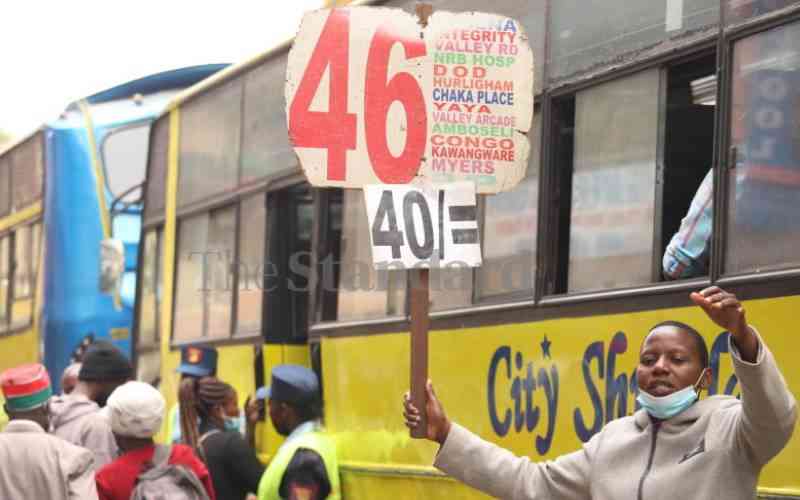×
The Standard e-Paper
Kenya’s Boldest Voice

The latest government data suggests a spike in the usage of public transport as the number of newly registered personal cars drops.
Road transport output for passenger traffic crossed the Sh1 trillion mark in 2022 as the data by the Kenya National Bureau of Statistics(KNBS) indicated the registration of more than 1,000 buses and coaches.